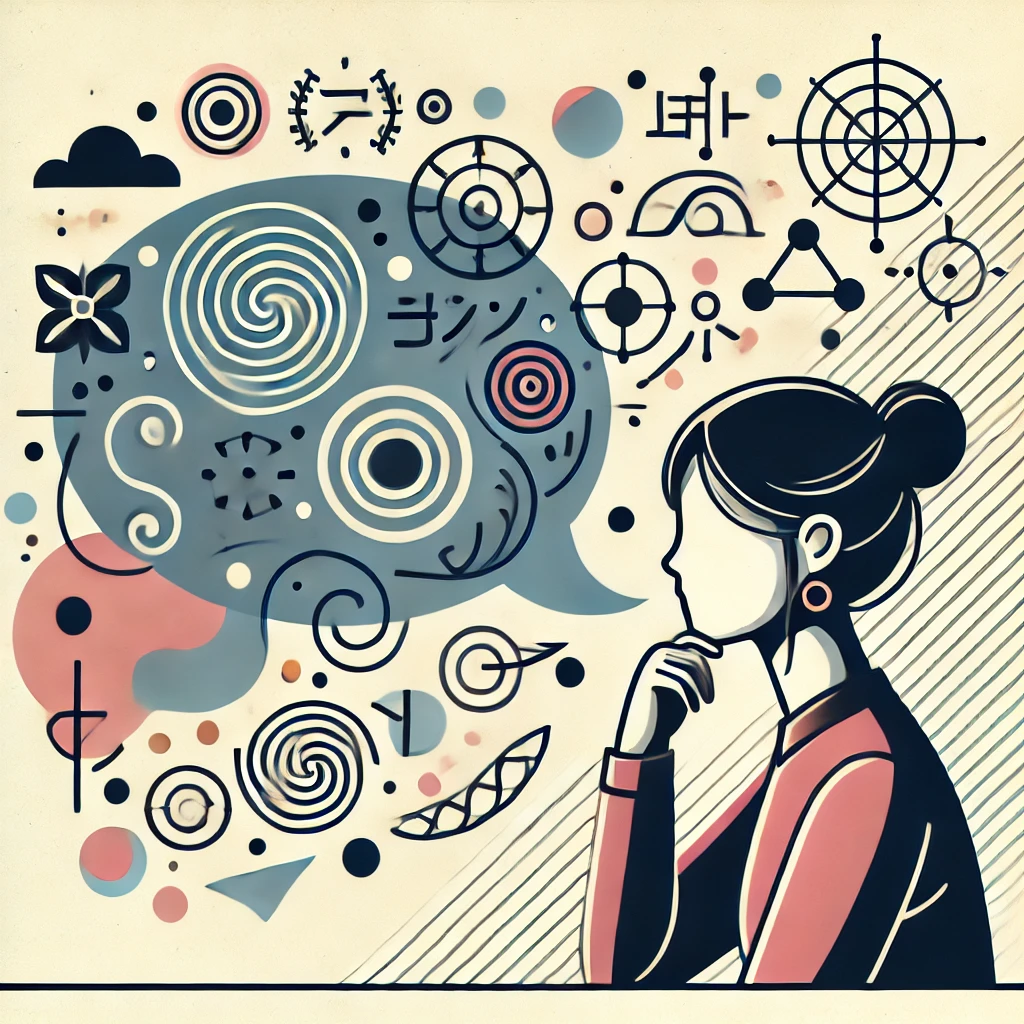Languages are more than just a means of communication—they are windows into the cultures and societies that use them. One of the most fascinating aspects of language is how culture shapes idioms and expressions, giving us insight into the values, humor, and history of a people. In this post, we’ll explore how cultural contexts influence idiomatic expressions and why learning these expressions is key to understanding a language on a deeper level. 🌍🗣️
What Are Idioms?
Idioms are phrases that don’t mean exactly what the words suggest. They are figurative, often colorful expressions deeply rooted in a language’s culture and history. For example, the English idiom “it’s raining cats and dogs” doesn’t mean animals are falling from the sky but that it’s raining heavily. Without knowing the cultural context, idioms can be confusing to language learners, but they are essential to becoming fluent and sounding natural in any language.
The Cultural Roots of Idioms
Idioms often reflect the environment, history, and values of the culture that created them. Here are a few examples that highlight how culture shapes idiomatic expressions:
- Food Idioms 🍜 Many cultures use food in their idiomatic expressions. For example, in Chinese, the phrase “吃苦” (chī kǔ) literally means “eat bitterness” but is used to express enduring hardship or challenges. This reflects the value placed on perseverance in Chinese culture.In English, we have the phrase “spill the beans,” which means to reveal a secret. Though the origin isn’t directly tied to modern culture, it shows how idioms can derive from historical or regional practices.
- Animal Idioms 🐂 Animals are common in idioms across languages. In Spanish, “ser un burro” (to be a donkey) means to be stubborn or foolish. In Turkish, “devede kulak” (a camel’s ear) refers to something insignificant, comparing it to the large size of a camel.These idioms reflect the animals that are culturally relevant to the people who use them. Understanding the connection to local wildlife and historical significance adds depth to your language knowledge.
- Weather Idioms 🌧️ Weather often plays a role in idiomatic expressions. In French, “il pleut des cordes” (it’s raining ropes) is the equivalent of the English “it’s raining cats and dogs.” Similarly, in Japanese, “晴天の霹靂” (seiten no hekireki), which means “a bolt from the blue,” is used to describe an unexpected event, much like its English counterpart.These idioms show how natural phenomena are universally used to convey emotions or situations, yet with a twist of cultural flavor.
Why Learning Idioms is Important
- Sounding Natural in Conversations 🗣️ Learning idioms helps you sound more fluent and natural. Native speakers often use idiomatic expressions in daily conversations, and being able to understand and use them will help you fit in and connect better with others.
- Cultural Understanding 🌐 By learning the idiomatic expressions of a language, you gain insight into the culture and mindset of its speakers. It’s an opportunity to learn about what’s important to that culture, what they find humorous, and how they express emotions or concepts unique to their society.
- Contextual Learning 📖 Idioms often appear in specific contexts, making them a great way to understand language nuances. Our language learning app helps you discover idioms in practical scenarios, so you can learn how they’re used in real-life conversations.
How Our App Helps You Learn Idioms
Our app’s lessons are designed to expose you to idiomatic expressions in context. In the Learning Path, you’ll encounter dialogues that feature common idioms, allowing you to understand them through natural usage. In the Key Points section, we explain tricky idioms and their cultural background, so you don’t just memorize words—you truly understand their meaning.
Additionally, the Converse Tab lets you practice speaking with our AI chatbot, where you can use and hear idiomatic expressions, helping you incorporate them into your everyday language practice.
Conclusion
Idioms and expressions are essential for understanding the cultural richness behind a language. By learning these expressions, you don’t just become fluent in the language—you gain a deeper understanding of the people who speak it. Whether you’re learning Spanish, Chinese, or Turkish, diving into the world of idioms will make your language learning journey more engaging and meaningful.
Ready to explore the colorful world of idioms? Check out our app’s lessons and start incorporating cultural expressions into your everyday practice. 🌍✨
